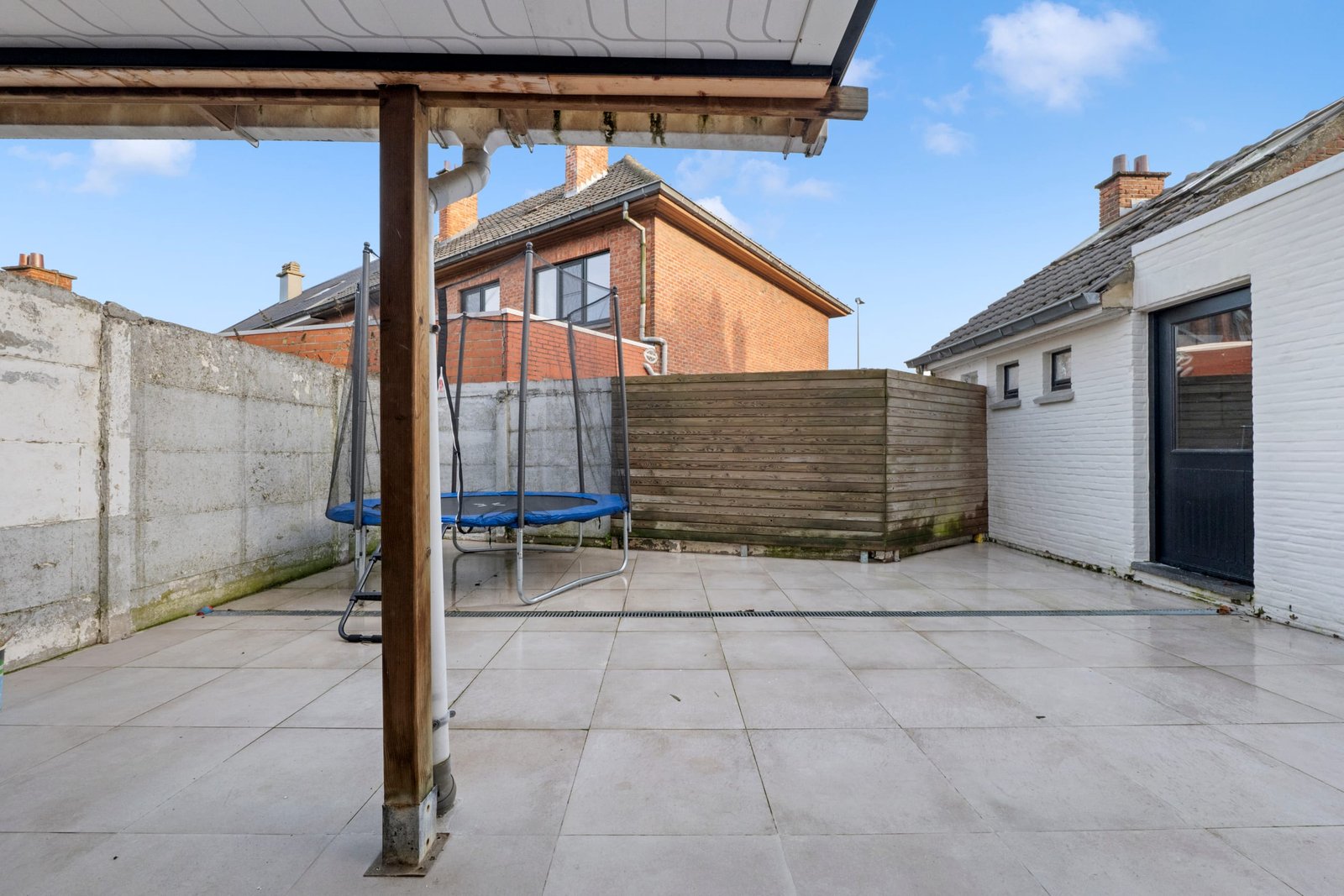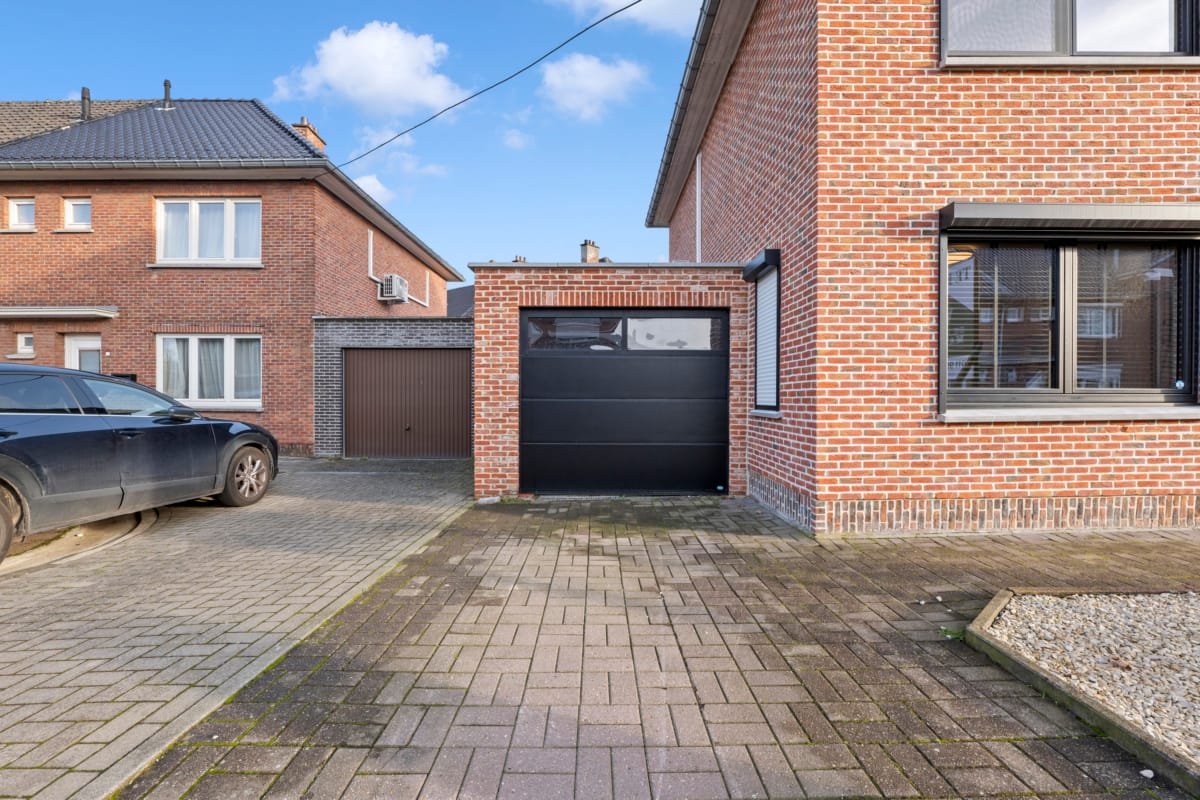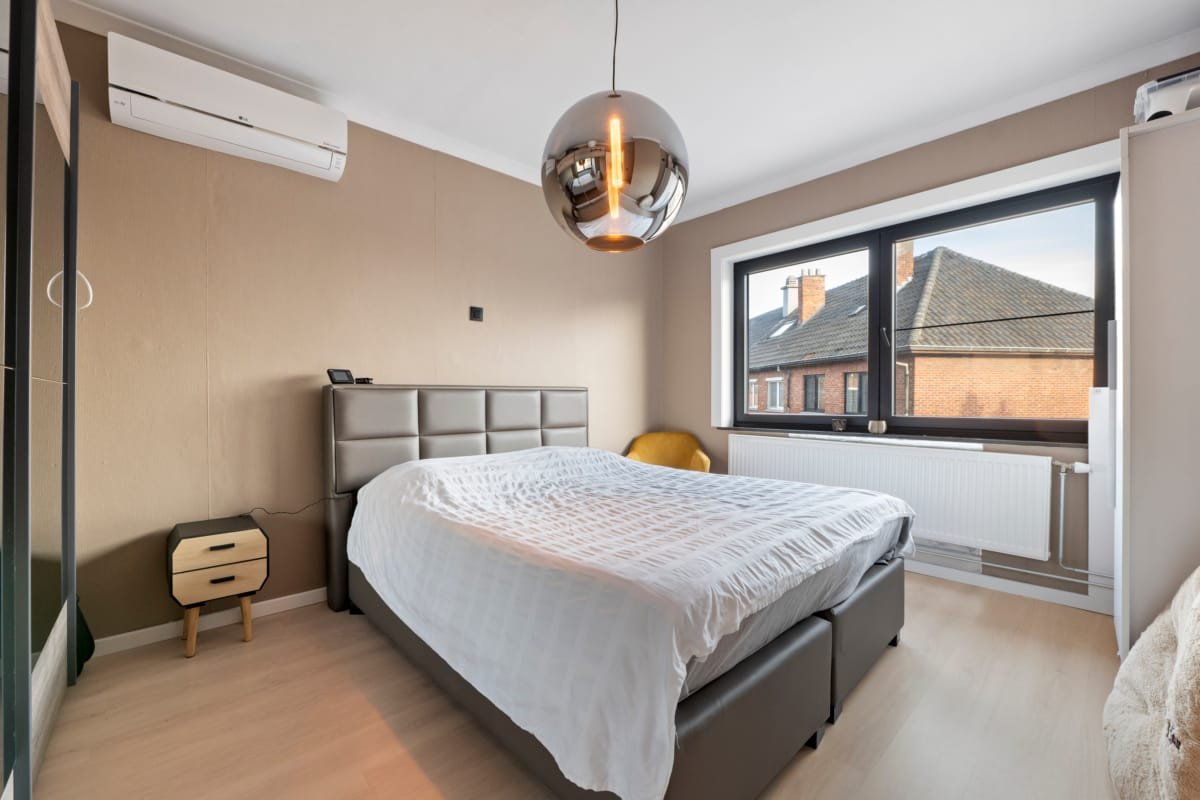
5 Ways to Use Reflections Creatively in Real Estate Photography
Capturing the essence of a property through stunning visuals is the cornerstone of effective Real Estate Photography. It’s more than just documenting a space; it’s about crafting an experience, inviting potential buyers to imagine themselves living there. While traditional approaches focusing on lighting and composition remain vital, leveraging reflections can add a unique, artistic dimension, transforming ordinary shots into captivating masterpieces.
Mirrors: Expanding Space and Adding Depth

Real Estate Photography
Mirrors offer an incredibly versatile tool for real estate photographers. They have power to open up closed spaces, create interesting visual illusions, and add layers of depth to an image that would be unattainable otherwise. We can utilize them to show a space’s beauty in different angles, making viewers see more than they otherwise would.
Reflecting the Room’s Ambience
Mirrors, strategically positioned within a room, can beautifully reflect the existing décor, effectively doubling the visual impact of the space. Consider a living room with a meticulously chosen artwork hanging on the wall; by capturing its reflection in a mirror, you enhance both the artwork’s importance and the overall character of the room. Similarly, the architectural details of a room, such as a carved ceiling detail or intricate light fixture, look richer and more compelling when replicated in a mirror, giving a panoramic feel while keeping focus. The reflective surface should always be carefully curated to align with the room’s style adding that extra little something to the photo, rather than appearing as an afterthought.
This is about more than just mirroring an image – it’s about mirroring the feeling of the room. When the mirror reflects lighting coming in from a window, for example it can subtly boost brightness, which softens the harshness and elevates the mood of the shot. In one of my own shoots, I used a mirror in a small dining area to capture the light from a nearby window during the golden hour. The reflection expanded the perceived size of the space, and the warm, golden light doubled in the scene, making it feel like a serene intimate corner rather than the often harsh light common in midday photoshoots. So, the goal is to find the light, the style, and the mood and mirror that.
Framing and Perspective
Beyond simply reflecting a room, mirrors can be utilized to create unique frames within a frame. In a bathroom, for example, a mirror can be used to capture a reflection of a carefully arranged countertop of toiletries, presenting a stylish and inviting scene alongside the larger view of the bathroom. This approach introduces alternative perspectives, adding an intricate element that can engage the viewer’s eye and lead them to actively explore the image. Imagine a long hallway, using a mirror at the end can extend it almost exponentially, creating a sense of space while simultaneously leading the eye down the hall.
Also, playing with the angles in a mirror, rather than catching a direct reflection, can bring a nice twist to a shot. Shooting towards the reflection of a subject can create a nice layer of mystery. For example, a mirror can be placed at the edge of the frame to highlight a specific area in another room, leading the viewers gaze into the next space. Instead of going the most direct option, a mirror allows us to highlight a specific element, a doorframe or some carefully curated object sitting in the hall. The art of angling is a way to make someone see the photo in a different, more engaging way. We can have a room full of details but using a mirror, directs the viewers attention.
Incorporating the Viewer
Strategically using mirrors can also blur the lines between the image and the viewer’s subjective experience. For example, a subtle hint of the photographer’s reflection can create a subtle sense of presence or even reveal aspects of the space that may otherwise be missed. It’s not about making the photographer the focus of the photo, rather it adds an element of authenticity or even a sense of being there. A lot of these techniques are subtle, but add layers of authenticity that separates a great photo from an ok photo. By integrating the viewer in this manner the photos move beyond simple documentation of the space and become more intimate. It’s about creating a shared perspective on space. Again the goal is to get real estate photos to give off a distinct feeling of what it’s like to live there.
Water: Capturing Serenity and Elegance
Water, in its many forms, provides another incredible avenue for striking reflection-based Real Estate Photography. Whether it is the stillness of a pool or the sheen of a recently rained-on pavement, water introduces a reflective surface that amplifies the surroundings, offering a sense of serene, elegant appeal. Water’s reflective nature can soften the visuals of a property, allowing light to dance across surfaces, enhancing the property’s visual appeal while also adding a layer of calmness and quiet beauty.
Swimming Pools and Reflecting the Sky
Swimming pools, in particular, are perfect for capturing expansive reflections. The still surface of a pool can reflect the sky, the surrounding landscape, or the property itself, essentially doubling the visual field in a shot. The effect is particularly powerful during the golden hours at sunrise and sunset, where the warm tones of the sky are reflected in the water. Creating an ethereal and calming atmosphere. For example, a shot of a villa with a pool in the foreground, reflecting the golden light and the dramatic backdrop of the evening sky, showcases the luxury and tranquility of the property in a way no other type of shot can.
When shooting a pool, it’s important to keep a few things in mind, things such as controlling the brightness and the depth of reflection to get the mood exactly right. Polarizing filters are especially useful since they help lessen glare from the surface of the water and increase the contrast of a reflection, allowing the photographer to get a more accurate image. Also, waiting for the perfect weather and time of day will help to create this soft, calming effect that is so powerful with pools. The goal isn’t to show off the water itself but to make it another tool to elevate the visual appeal of the property and show off to potential buyers the beauty and tranquility this home will offer them.
Puddles and Wet Surfaces: Adding Detail and Interest
Water reflections do not only come from pools or large bodies of water. The reflective properties of puddles and wet surfaces should not be overlooked. After a light rain, for example, the wet pavement can provide an ideal reflective surface. The reflective surface can be used to to pick up the details in the building, or nearby plants or even the colors in the sky. A close-up shot of a wet driveway reflecting part of the house provides an unconventional perspective, adding a layer of interest. This type of shot is more than just a detail of the surface; it’s about how small details can change how big or small places appear.
The beauty of using puddles is that it allows a photographer to find a unique shot in an otherwise common element. It’s a reminder to think outside the box, and look at a regular space in a new way. When using puddles, the photographer needs to be careful with angles, since the water often provides a skewed perspective of the reflected object. This can then be used creatively to add a little drama or an interesting view to an otherwise ordinary image. The unexpected reflection can add a touch of artistic flair to real estate images that can capture a viewer’s eye. Rather than trying to make a puddle look perfect, play with the distortion, the angle, and the unusual perspective, and take what is usually a simple detail and transform it into a creative tool.
Reflecting Interior Elements
Water doesn’t have to be in an outdoor setting for reflections, either. Water can be a creative element used inside as well. A carefully presented vase of water on a table can capture the reflection of a light fixture or the nearby window, to add an interesting element of light and reflection. This subtle technique can enrich an interior, and adding depth and complexity to otherwise simple scenes. This is a simple yet elegant method that can enhance the sophisticated nature of a house and its interior. For homes with beautiful fixtures, showcasing the lighting through the reflection in the water, can emphasize the elegant details that buyers are usually looking for.
It’s the small things that differentiate a good photo from a great one. When carefully planned out and styled it is easy to create a really unique photo that emphasizes what the home offers. The reflective properties of water on a perfectly placed table gives an opportunity to elevate a simple shot. Water used in this way also goes beyond simply capturing reflections, it is an approach that focuses on the elegant and subtle details. The goal here is to make the viewer see the space in a more stylish and curated manner.
Glass: Layering and Transparency
Glass, a staple in modern architecture, offers unique opportunities for layered and transparent reflections in Real Estate Photography. Its ability to both reflect and transmit light allows for the creation of images with depth and complexity. Using glass elements can provide an artistic way to show a home in a different and more engaging way and help show that there is more to a property than just simple function.
Windows as Frames and Mirrors
Windows serve as dual-purpose tools, acting both as frames and mirrors simultaneously. On one hand, they invite views from the inside by looking outward showcasing a beautiful landscape or garden, adding depth and layers to the image. On the other hand, when properly positioned, these windows can also reflect parts of the house, blurring the lines between interior and exterior spaces. This way the inside looks a little bit more connected to one’s surroundings. A strategically taken picture through a window not only illustrates a home’s design but also the life it offers.
Using windows in this dual role requires a photographer to pay attention to the time of day and the lighting, both natural and artificial, so that you are creating the right atmosphere. It isn’t just about showing what is indoors and what’s outdoors: it’s about understanding how light plays across both spaces and adding and merging them in a layered way that is intriguing. The photographer should use these layers to highlight the design and location of the property, so the viewer is able to imagine what it would be like to be inside looking outside. When capturing a home with a large floor to ceiling window, the window isn’t simply a transparent barrier, but an active element that is able to add layers of depth and complexity.
Reflecting Architectural Details
Glass surfaces, such as glass doors, balconies, and even glass tables, can be used to capture reflections of architectural details, creating visual echoes that can expand and enrich the composition. This often overlooked reflective feature is very good at creating more visually impactful photos. When showcasing a home with multiple glass features, using this to reflect nearby architectural details will make the property look more contemporary and visually rich.
The key to using glass in architectural details is to not just present an obvious reflection, but to also reflect elements that emphasize the texture, light, the craftsmanship and unique design of a home. For instance, the reflection of a staircase, from a glass door, can make the home appear grander or like its got more detailed features. The reflection adds to the appeal of the overall composition, showing off more of the home. It adds more layers that make a standard image into something much more impressive. Through the details the photographer can convey not only the beauty but the quality of a home.
Translucent Dividers and Light Play
Utilizing glass in the form of translucent dividers and partitions inside a home can add an element of gentle diffusion to light and reflection to a composition, softening hard lines and creating a light, airy setting. Glass doors or dividers in between rooms create interesting reflection points that add subtle layers of visual interest. These kinds of glass features are never fully transparent and can capture a glimpse of different areas while not fully revealing them and adding an element of curiosity.
Often they will add soft light and subtle reflections that makes the space look more luxurious and sophisticated. Instead of seeing rooms in the most direct way, a glass divider allows the photographer to create layered compositions with reflections and soft light play. Glass surfaces are not solid or clear, so light and reflections dance across them which in turn can change the mood and feel of a space. By emphasizing these moments, the photographer adds another layer of sophistication and artistic touch.
Metallic Surfaces: Adding Sparkle and Sophistication

Real Estate Photography
Metallic surfaces, with their high reflectivity and sheen, offer unique opportunities for adding sparkle and sophistication to Real Estate Photography. Whether it’s a polished kitchen appliance, a stainless steel fixture, or a decorative metal ornament, these elements capture reflections in a way that adds a modern and stylish charm to a picture. This use of reflection is about enhancing the upscale appeal of the house by capturing luxurious details that can resonate with prospective buyers.
Kitchen and Bathroom Fixtures
Kitchens and bathrooms often feature a variety of metallic appliances and fixtures such as faucets, handles, and backsplashes that present great reflective surfaces. The photographer can use these reflections to emphasize the quality and modernity of this space. A reflection of a nearby detail on a glossy stainless steel appliance may seem small, but can add depth and quality to an everyday kitchen space. Often capturing light can add subtle highlights that make the objects glisten and add a visual appeal.
The goal is not to show off metallic surfaces, but to use them as reflections through which you can emphasize how high-end and modern the space looks. The metallic element of kitchen and bathroom fixtures can act like mirrors and can be used to present an alternative angle of the interiors. Using these reflections brings a small and sometimes unnoticed detail and transforms it into a point of interest or a design feature.
Decorative Metallic Accents and Objects
Beyond fixtures, homes often have a variety of smaller metallic objects, like lamp fixtures, trays, or decorative objects. These can be used as reflective surfaces to add to a composition. The way these elements reflect light can often create little areas that shine and add some unexpected brilliance. A photo of an elegant living space, for example, may include a metallic tray on the table. The tray will reflect the surrounding elements and add layers of depth and shine and can draw attention to smaller curated details of a room.
These small metallic objects can be used to tell a story. The photographer must think about what objects are going to be seen in the reflection, and what story those objects will help tell. It may be that a small reflection of art or interior decorations is an intriguing detail that can make a viewer zoom-in and notice more details. The main idea here is that reflection is about more than just reflecting light, it’s about telling a story by emphasizing the details and aesthetic that are found in each space.
Reflecting Light and Creating Highlights
Metallic surfaces are especially effective at reflecting and catching light, leading to dynamic highlights and shadows that add depth and dimension to an image. The reflective nature of these surfaces means they tend to respond in unique ways to different kinds of lighting that in turn can enhance the overall drama and appeal of an image. The photographer needs to always be aware of what light is doing because a small change in angle can affect how the lights reflect and what kind of effect it will have on the photo.
The key to using metallic finishes is to see how they interact with lighting, and how the combination of textures and light create a visual landscape that can bring out the best in a property. Metallic elements are not just shiny, reflective surfaces, but are also an active design choice. When properly captured, they can elevate the photograph beyond a simple documentation, and into an artistic image. The goal is always to try and capture the feeling and luxury that a well design home can provide.
Unusual Reflective Surfaces
Exploring unusual reflective surfaces can lead to creative and unique angles in Real Estate Photography. By moving away from more traditional reflective elements, such as mirrors or glass, photographers can discover surprising and unconventional visual perspectives. This is where you can really start pushing the limits of creativity and the story you want to tell through your photos.
Car Reflections and Window Panes
Car reflections often feature in exterior shots and can function as a mirror and also frame the house in an unusual way. The glossy surface of a car in a driveway can showcase a home from a point-of-view that is unique and adds some interesting curves and shapes to the photo. The curved design of a car can distort a reflection in a unique way, giving a more creative angle than a shot from straight-on.
Similarly, the uneven glass of old windows or panes also offers a unique reflection opportunity and will skew the reflection, adding an additional layer of quirk and character. There will be slight waves and imperfections in the glass, so an accurate reflection is impossible. Using these interesting features is a great way to capture visual stories that a more traditional reflective surface may miss. Part of the creativity comes from not trying to get a perfect reflection, but from working with and adjusting to the distortion that comes from using unconventional materials.
Stainless Steel and Home Appliances
Moving beyond cars and windows, stainless steel appliances, countertops, and other home fixtures can function as reflective tools beyond the kitchen and bathroom. Large stainless steel surfaces can be used to reflect parts of the overall design of the room or even parts of other spaces in a house that are not usually visible. The polished sheen of stainless steel adds a modern clean feeling to a space, a feature that can help sell the property because it reflects the current trends in design.
Using these kinds of reflections strategically is about getting another perspective and using it to better tell the story of the property. These appliances and details add another layer of depth to the photos that other types of reflective surfaces can’t capture. The intention is to show more than just a home; to show the modern features, the design and the lifestyle that this home can offer to potential buyers.
Polished Floors and Countertops
Highly polished floors and countertops, sometimes made of granite or other glossy materials, can provide low angle reflections that show spaces in a more striking light. This is a great method of taking an image because the way light reflects on them can add to the overall mood and story of a photo. When capturing architectural details, the surface reflection can be used to double and to highlight certain features such as lighting or interesting structural designs in the home.
This kind of reflection can be a great way to create a dynamic and more interesting image, especially when a photo needs to emphasize some of its features. Taking another perspective can lead to new and creative ways of seeing an ordinary space. The goal here comes down to showcasing a space in the most dynamic, and creative light, taking all that a space has to offer and using that to elevate the image.
Conclusion
Mastering the art of reflection is essential in elevating your Real Estate Photography. It’s about going beyond the standard documentation, using mirrors, water, glass, metallic, and other unexpected surfaces to add layers of interest, depth, and creativity. By thinking outside the box and carefully manipulating these reflective surfaces, a photographer can significantly enhance the appeal of a property and create visuals that truly captivate potential buyers. Through creative reflection, everyday shots are transformed into artful representations, and ultimately assist in not showcasing a property, but selling a dream.
Contact me for the best real estate photo editing service.






